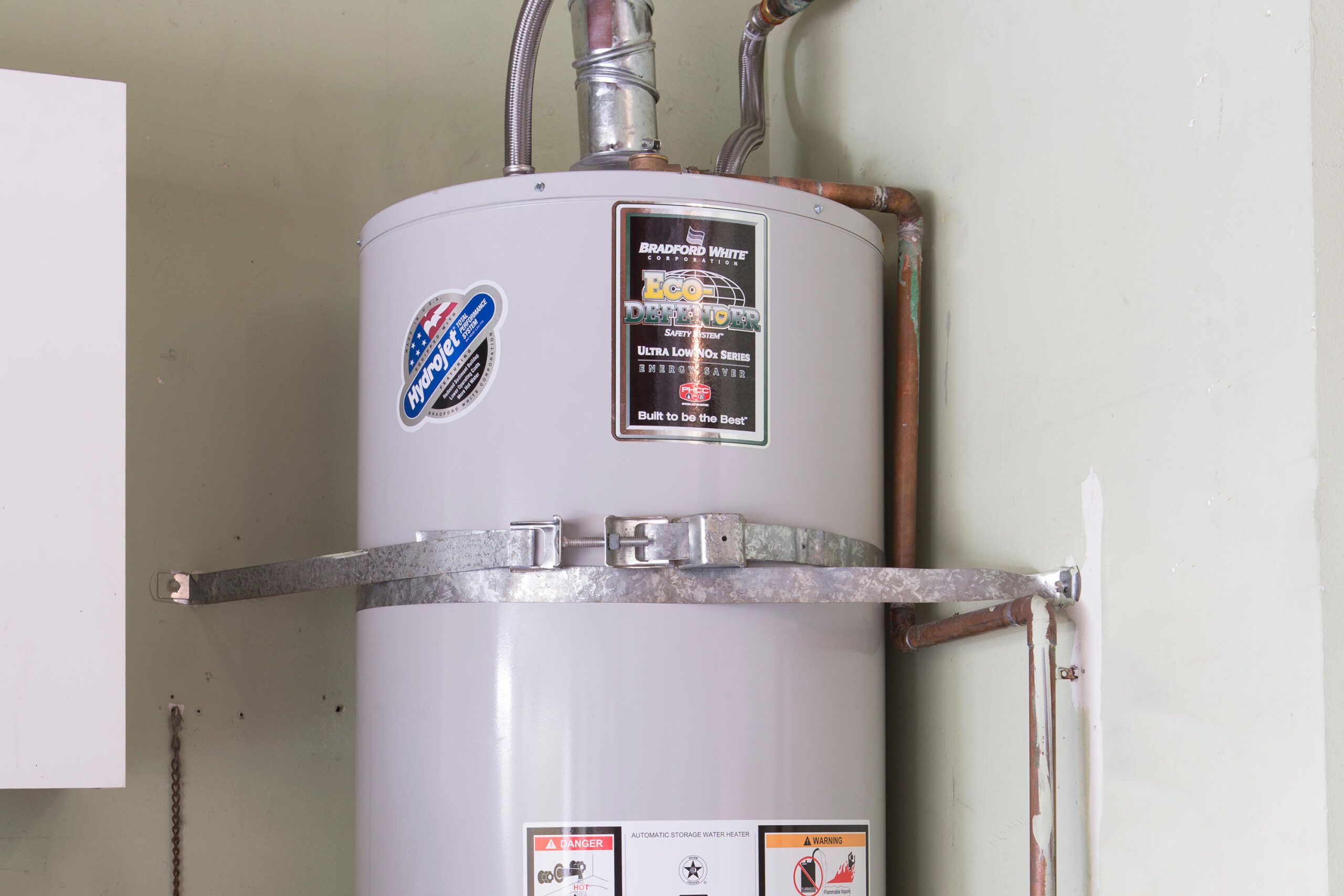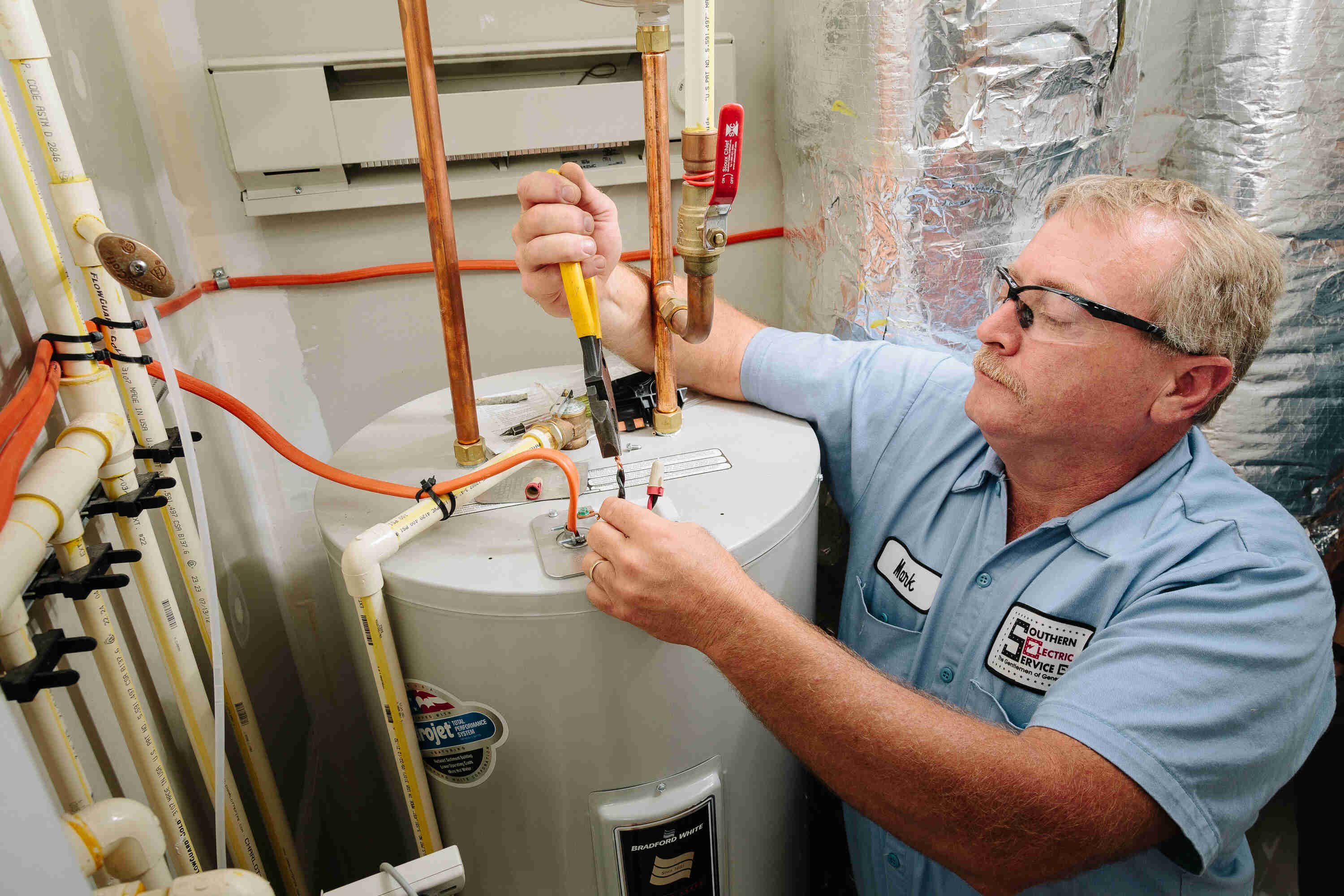Expert Advice on Maintaining Your Home's Hot Water SystemSteps to Prolong the Life of Your Home's Hot Water System Through Maintenance
Expert Advice on Maintaining Your Home's Hot Water SystemSteps to Prolong the Life of Your Home's Hot Water System Through Maintenance
Blog Article
What're your thoughts on How to Maintain a Hot Water Heater in a Few Simple Steps?

Warm water is vital for day-to-day comfort, whether it's for a rejuvenating shower or washing recipes. To ensure your hot water system runs effectively and lasts much longer, routine upkeep is essential. This short article gives practical ideas and understandings on how to maintain your home's hot water system to prevent disturbances and costly repair services.
Intro
Maintaining your home's hot water system may appear daunting, however with a few simple steps, you can ensure it runs efficiently for years to find. This guide covers whatever from recognizing your warm water system to do it yourself maintenance suggestions and understanding when to employ specialist help.
Significance of Preserving Your Warm Water System
Normal upkeep not just extends the lifespan of your hot water system but also ensures it operates effectively. Disregarding upkeep can bring about decreased efficiency, higher energy bills, and even premature failure of the system.
Indications Your Hot Water System Requirements Upkeep
Understanding when your warm water system requires interest can stop major problems. Keep an eye out for indicators such as inconsistent water temperature, strange noises from the heating unit, or corroded water.
Recognizing Your Hot Water System
Before diving into maintenance jobs, it's practical to recognize the basic components of your warm water system. Generally, this includes the water heater itself, pipes, anode poles, and temperature level controls.
Month-to-month Upkeep Tasks
Normal monthly checks can help catch minor issues before they intensify.
Flushing the Water Heater
Purging your hot water heater eliminates sediment buildup, boosting performance and lengthening its life.
Checking and Replacing Anode Rods
Anode rods avoid deterioration inside the storage tank. Examining and replacing them when broken is critical.
Checking and Changing Temperature Settings
Readjusting the temperature level settings ensures optimum efficiency and safety.
Do It Yourself Tips for Upkeep
You can carry out several upkeep jobs on your own to maintain your hot water system in top problem.
Checking for Leaks
Consistently examine pipes and links for leaks, as these can lead to water damages and higher costs.
Checking Pressure Alleviation Valves
Checking the stress safety valve ensures it operates properly and prevents too much pressure build-up.
Protecting Pipes
Protecting hot water pipelines decreases warm loss and can save power.
When to Call a Professional
While do it yourself maintenance is beneficial, some concerns require specialist knowledge.
Facility Problems Calling For Expert Aid
Instances consist of major leakages, electric problems, or if your hot water heater is constantly underperforming.
Routine Professional Upkeep Conveniences
Expert upkeep can include detailed evaluations, tune-ups, and making sure conformity with safety requirements.
Final thought
Normal upkeep of your home's hot water system is necessary for efficiency, long life, and expense savings. By adhering to these ideas and knowing when to look for professional aid, you can guarantee a trusted supply of hot water without unanticipated interruptions.
How to Maintain an Instant Hot Water Heater
Before tinkering with your hot water heater, make sure that it’s not powered on. You also have to turn off the main circuit breaker and shut off the main gas line to prevent accidents. Also turn off the water valves connected to your unit to prevent water from flowing into and out of the appliance. 2. When you’re done, you have to detach the purge valves’ caps. These look like the letter “T” and are situated on either side of the water valves. Doing so will release any pressure that has accumulated inside the valves while at the same time avoid hot water from shooting out and burning your skin. 3. When the purge valves’ caps are removed, you have to connect your hosing lines to the valves. Your unit should have come with three hoses but if it didn’t, you can purchase these things from any hardware or home repair shops. You can also get them from retail stores that sell water heating systems. Read the user’s manual and follow it to complete this task properly. When the hosing lines are connected, open the purge port’s valves. 4. You should never use harsh chemical cleaners or solutions when cleaning your unit. Make use of white vinegar instead. It should be undiluted and you’ll probably use about 2 gallons. 5. Now flush your water heater. This task should probably take about 40 minutes. We can’t give you specific directions for this because the procedure is carried out depending on the type, model and brand of your heater. With that being said, refer to the user’s manual. 6. When you’re done draining the unit, you have to turn off the purge port valves again. Remove the hosing lines that you earlier installed on each of the water valves. Put the valve caps (purge port) back in their respective places and be very careful so as not to damage the rubber discs that are found inside these caps. 7. Now that everything’s back in place, check your user’s manual again to find out how to reactivate your water heating system. 8. Once it is working, turn one of your hot water faucets on just to let air pass through the heater’s water supply pipes. Leave the tap on until water flows smoothly out of it. https://www.orrplumbing.com/blog/2014/september/how-to-maintain-an-instant-hot-water-heater/

I'm very curious about Tips on Maintaining a Water Heater and I really hope you appreciated the new article. Do you know somebody who is serious about the topic? Why not promote it. Thank you so much for taking the time to read it.
Request Your Service Report this page